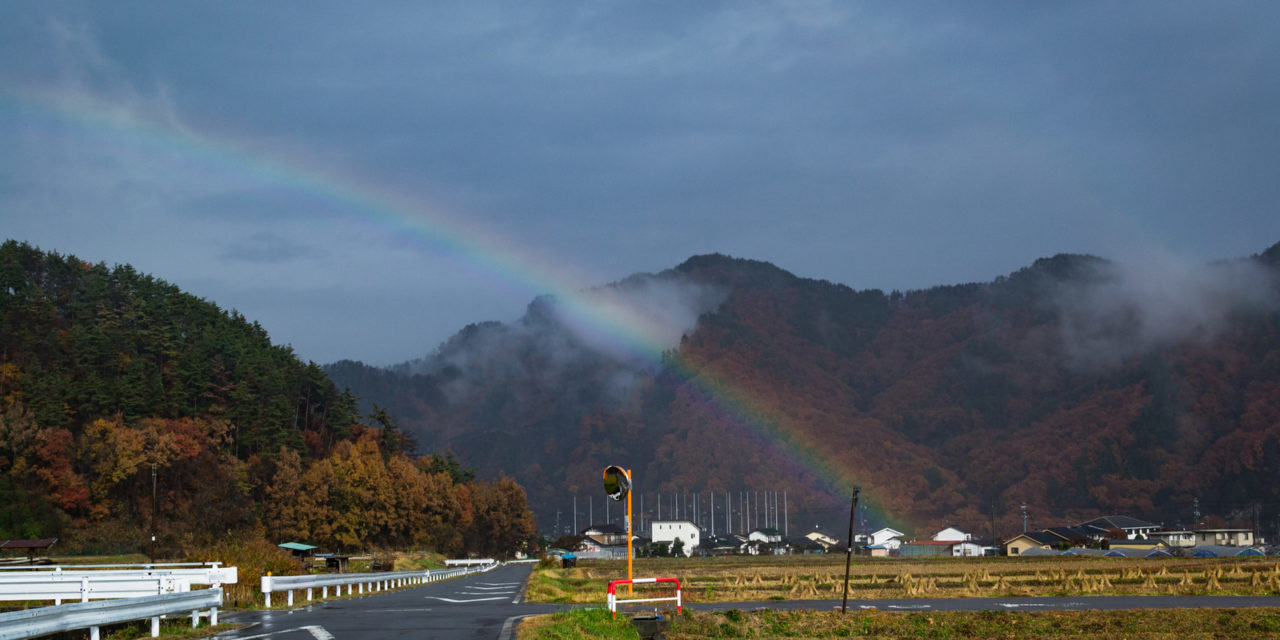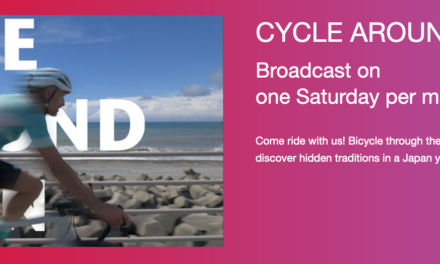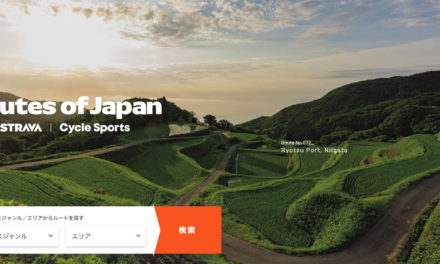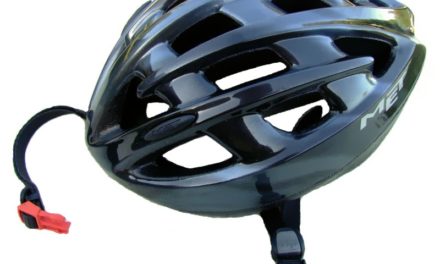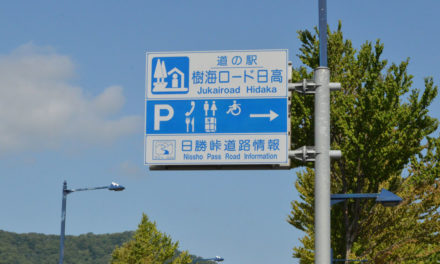Japan has four pronounced seasons, plus a fifth one, the tsuyu rainy season in early summer. There’s also a big variation in the climate across the country. When to visit can be a head scratcher. There’s no magical season and no guarantees so get the numbers on your side and come prepared.
Month by Month
December to February is cold everywhere. You have those crisp mild days when it’s lovely for a ride. But you probably wouldn’t come for a week or two’s cycling although if you were on a business trip you could have a good weekend, especially if you could take the Shinkansen to, say, the Seto Inland Sea.
Things begin to warm up in March and April and there’s the famous hanami cherry blossom season but it’s still chilly in most places. The end of April sees Golden Week, the national holiday and many people get time off work and travel which is great for them but means trains are full and occupancy rates from campsites to hotels are high.
May is a nice time. The “Tour of Japan” bike race takes place in this month for good reason as the weather should be pleasant, sunny but not oppressive.
The fifth season is the rainy one, tsuyu or “plum rain” time. It’s a roughly six to eight week period where at least half the days are damp. If you’re visiting Japan to ride a bike this is probably a time to avoid. The timing varies, it begins in Kyushu towards the end of May and goes on through June until early July, for the top of Tohoku it’s more mid-June to the end of July. Hokkaido just isn’t as rainy. All these are indications, obviously the rain doesn’t stick to a schedule. In 2021 the rainy season started early in the west and late in the east and north. 2023 was notable for some torrential downpours in places.
The early summer period is warm. Tokyo isn’t tropical but is on a similar latitude to Las Vegas and Memphis (USA), Tangiers (Morroco) or Cyprus or Tehran (Iran), all places known for heat. July and August in Japan can be roasting and humid, the infamous Japanese summer. Between you and me this really the time of year not to be going to work in a suit or visiting Japan for a theme park, at least cycling you’re often out of the cities and maybe in woodland. But even stopping at the obligatory traffic lights can be an ordeal, especially if you’re not used to it.
August sees the Obon holiday and again many people take to the roads, trains and especially campsites are full. It’s hot in August and often humid. Hokkaido is cooler, it’s rare to be consistently above 30°C (86°F). If you like the hot weather go for it but remember it’s sticky as well.
September is peak typhoon season but these can equally strike in August and October. They can do damage and often bring torrential rainfall and you really don’t want to be outside in the hours when one is approaching. But the days before and especially after are often fine with clear skies. Plus the path is local, what might smash Tokyo may only bring showers to Kyoto and vice versa. The problem for me is the random factor, a typhoon can blow your itinerary away, a day’s riding could be cancelled and if you planned to camp then you might need to get a hotel.
October has some great weather, it’s still warm in the day and the typhoon threat has receded. But if you are camping or bikepacking then it can be chilly at night and in the early morning.
November and you’ll want to be somewhere more southern and avoid any of the higher mountain passes.
North and South
As well as the months, the latitude makes a huge difference. It can be sweltering in Kyushu but shivering in Hokkaido… but not always that much. Bear the region in mind though as the climates vary. So if you’re limited to, say, late October then Kyushu, Shikoku or the Seto Inland Sea might suit. If you can only visit in July or August, then Hokkaido can be warm but not as oppressive as further south.
The same for altitude too. If you plan to tackle big mountain passes like Norikura then it’s usually June at the earliest. Yes you can try in May but it can still snow that high up.
Golden Week + Obon
These are the two big holidays in Japan and millions travel at this time. My advice is to plan your trips away from these as things get so busy. Campsites are fully booked. Hotels raise prices. Trains will be full. The precise dates very each year, so search and give yourself some room around these days if you can.
Rain
When it rains in Japan it often pours and what the Japan Meteorological Agency calls a “shower” is different from the British version, think having a bathroom shower instead. If you’re lucky it’s a passing squall but be prepared for a downpour, the kind that tests the best waterproof bag, washes lube straight off your chain and wears down brake pads.
Heat and humidity
Now it might be sunny but it can be humid too. Weather forecasts advise whether it’ll be too humid to dry laundry outside, a feature you don’t get in Europe. For the cyclist this can mean sticky conditions. There’s no much you can do in advance, just those July and August days can be hard going, you’ll sweat on climbs and find the water pearling up on your arms and legs and then running in rivulets. Stop at a traffic light – and there are plenty if you ride into any town or city – and you will begin to cook. Vending machines can be a saving grace for drinks and walking into an air-con blasted convenience store helps as much as the cold drinks for sale.
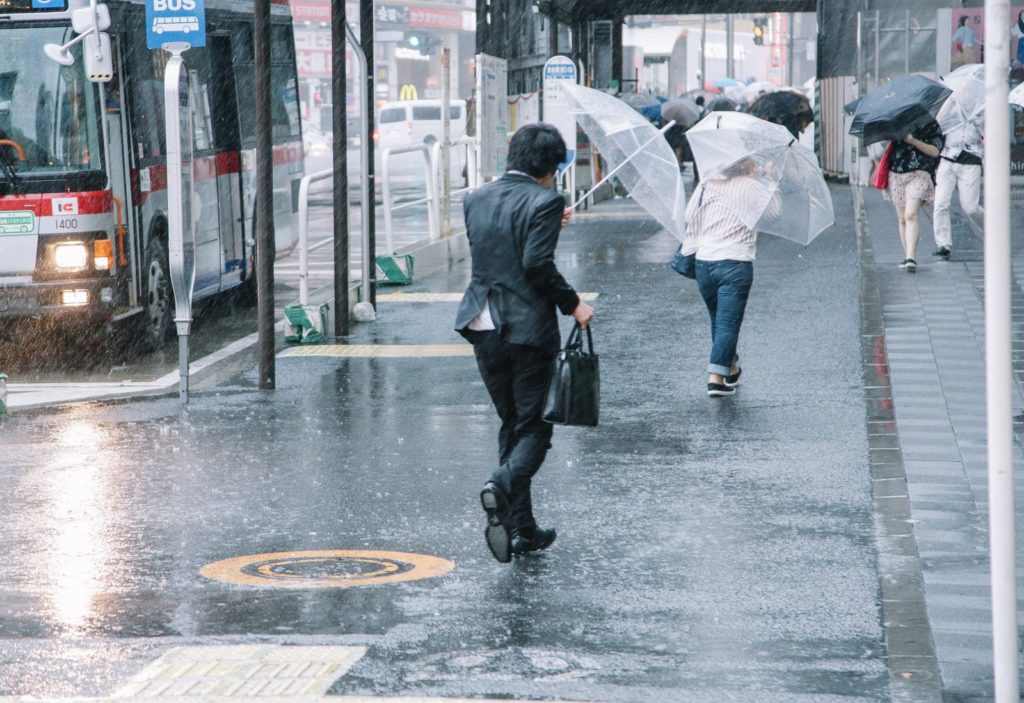
Typhoons
They’re a menace from August to October and the worst ones can ravage buildings and cause devastation and there’s no way you can ride in them. A bad one will cause road damage and fallen trees can take months to clear, something to bear in mind if you plan to take backroad rindo routes.
So far, so bad. Plan for the worst as the saying goes. Most often it’s just very wet and windy for six hours. But they’re often local and you can track the progress from afar to avoid the worst. Plus they don’t make landfall all that often. When one hits, often 12 hours later it leaves perfect weather behind.
Travel tips
- Have the numbers on your side, no forecast can predict the weather beyond a week so the probability of good weather is all you can hope for when planning a trip
- It does rain often and when it rains, it often pours
- Remember the fifth rainy season
- If you’re used to hot summers you might be ok in Japan, especially if out cycling in the countryside. If in doubt, don’t fry
- The Golden Week and Obon holidays see many people on the move, trains are full and accommodation booked up
- September is nice and the typhoons aren’t as bad as they sound but they can ruin tight itineraries so plan some slack, October is often very pleasant too

